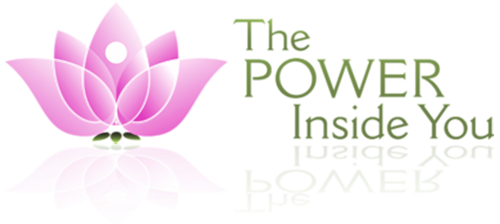
06 Sep Balance
Our bodies are well aware of the importance of balance; our systems are constantly monitoring our inputs and outputs to maintain said balance. How can we learn from our bodies?
The concept of balance has been explored in what seems like never-ending ways. Here are a few:
Yin-Yang
Rooted in the experience of the Chinese, Yin-yang stems from the movements of the day, which yields light, and the night, which takes light away. The light became representative of work and the lack of light, of rest. This was expanded upon throughout centuries to encompass much more than just physical light; the yin, the dark side, represents femininity, shadows, and coldness while the yang, the white side, represents masculinity, light, warmth, and activation.
They are two sides to the same coin and cannot be completely separate from each other. The peak of the wave is the yang while the lowest point, the trough, is the yin. Both can function simultaneously in the same space and prove to be harmonious.
These concepts allow us to move past the thought process that only the light can be good. We must learn to embrace the discomfort of darkness and the teachings that come with it.
The Masculine and The Feminine in Carl Jung’s Psychology
Jungian beliefs propose that we all carry within our psyches both femininity and masculinity. We all have some inner image that reflects some traits considered either masculine or feminine and identifying and coming to terms with said traits can help us integrate seemingly opposite inner forces for inner peace and wellbeing. The recognition of traits that supposedly belong to the opposite gender within ourselves can move us to perceive other genders in a better light.
We don’t have to reject what we assume to be “opposite” to us. Sometimes these same concepts we once thought were so distant are closer than we thought. Maybe things aren’t as black and white as we once thought, but rather, many shades of grey.
Yoga: A Comprehensive Aim for Balance
Other than the obvious physical balance Yoga asks of us, it also asks us to constantly mediate between the pleasurable feeling of breathing and tranquility and the often uncomfortable sensation of holding and breathing in a demanding position. Learning from discomfort and pushing past it is a lesson yoga teaches us overtime as we reap the benefits of this discomfort time and time again. This practice also pushes us to be extremely conscious of our body in space and of taking our time with our bodies and listening to the feedback they provide, something most of us don’t do on the daily.
Discomfort isn’t always a bad thing; it can push us to grow and set new goals. Yoga is as physical as it is mental. Balance.
The Biological Necessity for Balance
Without our conscious awareness, our physical bodies crave stability. If our bodies get too hot, we sweat. Sweat acts as a means of removing some heat from our bodies, allowing us to keep a healthy body temperature and avoid overheating. After a meal, our bodies work to extract the nutrients gained, and then act to get rid of what we originally consumed. Every action has a corresponding, and often opposite, reaction. These constant adaptations our wise body reacts with create a state of dynamic equilibrium. This means that although there isn’t always balance at every given moment in time, our bodies are constantly working towards this balance or state of relative stability.
We can apply this philosophy to our own lives by allowing ourselves to always return to this state of balance. While our bodies do this automatically, we don’t always have that luxury when it comes to our mental or emotional states. This requires us to be mindful of our thoughts, emotions and existence in the present moment and then choose how to react to these thoughts/emotions in a way that is conducive to our stability.
With this being said, ask yourself how you’re dividing your time. Ask yourself what you’ve been indulging in and what you haven’t been making time for. Remind yourself that darkness isn’t always a curse. Ask yourself what dynamic equilibrium looks like for you.
By: Alejandra Tobón


